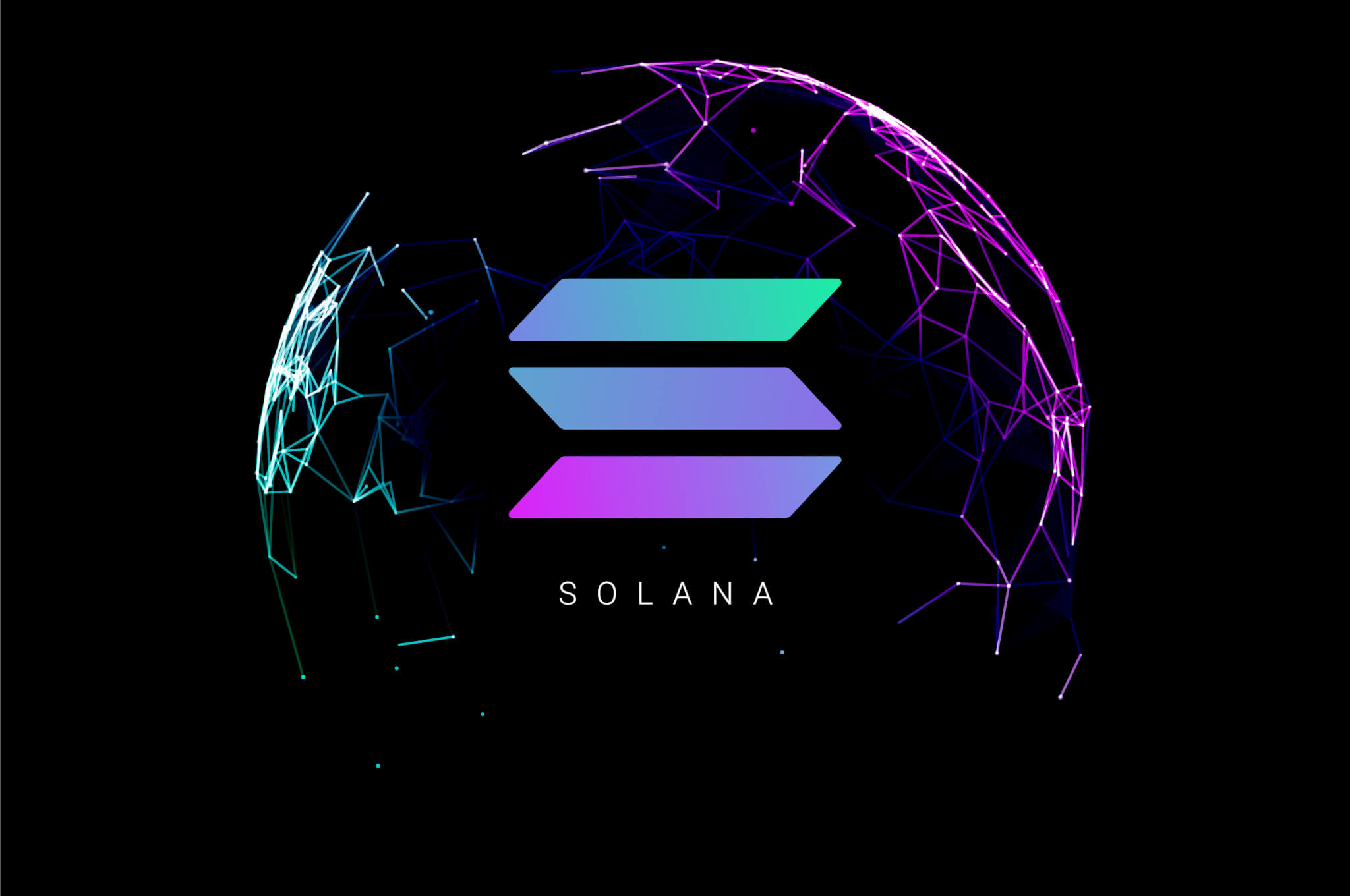
Op-ed: Solana will not only survive 2023, it will dominate it – CoinJournal

Michael Repetny is the Growth Lead on Marinade, Solana’s largest protocol by TVL. In this op-ed, he offers his view on the future of the chain.
Many column inches and Twitter threads have been spent predicting the demise of Solana following the collapse of FTX and Alameda Research in November. Crypto pundits far and wide were eagerly chomping their teeth at the prospect of another crypto collapse and proclaiming the end of the ecosystem.
As we are now seeing, though, this was all greatly exaggerated. Not only has the market recovered off lows, but daily active users are up to over 525,000 by January 10 compared to 300,000 in late December. In addition, network development activity has increased threefold, showing developers are working hard to improve and grow the network. Solana’s developer community of over 2,000 active is second only to Ethereum and grew 83% in 2022.
Solana’s price recovery in the wake of FTX demonstrates the resilience and dedication of the Solana development community, full of dedicated developers, engineers, and innovative founding teams. This is also underlined by the fact that, throughout the heightened activity that followed the collapse of FTX, the chain remained performant and fully operative. This is a leap forward from even 12 months ago when sudden spikes in on-chain activity could affect network performance.
Solana’s developers were also recently recognized by Ethereum founder Vitalik Buterin. In his Tweet of December 29, he opined that now the “awful opportunistic money people” have been removed from Solana, these talented developers could be left to move Solana into a bright future.
As a 100% bootstrapped project that has risen to be the biggest on Solana, we at Marinade welcome the end of the so-called “VC Chain” era. What we will see – and indeed are already seeing – is the return of community-based, grassroots project development that will build on Solana’s unique proposition – decentralization, lighting fast transaction speeds, low fees, and accessibility – to drive the chain forward in 2023.
Decentralization comes first
If the events of 2022 have taught us anything, it is that the future of blockchain, crypto, and DeFi must be censorship-resistant. This was founded to be a decentralized industry that could resist the opacity, collusion, and corruption that plagues the centralized, traditional finance world and we must return to these principles as we move forward.
The chain has done well to grow the number of validators that now work together to run nodes and process transactions on the network, which is now up to 2,063 from just 1,000 in July 2021. As recently stated by Solana founder Anatoly Yakovenko, growing this number further is also a prime target for the Solana Foundation this year recognizing, as they do, that it is important to bring more validators into the network. This is an essential measure to dilute the power of some of the largest validators (right now 31 validators control over 33% of the SOL staked) and therefore enhance the stability and security of the entire chain.
Transparent, open-source, and accountable
A major part of decentralization is developing open-source code and creating permissionless protocols. This is another strength of Solana’s. At Marinade, we employ a permissionless delegation strategy for the liquid staking of SOL. This addresses the imbalance among validators by ensuring that users’ staked SOL is distributed throughout our network of hundreds of validators – the largest of any other liquid staking protocol.
For those unfamiliar with the concept, liquid staking allows you to stake SOL without having your funds locked in. In exchange for staking SOL you receive a warehouse recipe/redeemable voucher for your deposit—in a form of mSOL token which can be used further in DeFi as collateral, liquidity, and more. While Ethereum is beginning to explore the possibility of liquid staking in its new Shanghai upgrade, liquid staking has been a feature of Solana since Marinade launched the first liquid staking protocol in August, 2021.
This is because liquid staking not only aids decentralization – which we now know must be the chief concern of any serious blockchain or dApp developer – it enables asset liquidity, which works to support the growth and stability of the entire Solana ecosystem. Indeed, while 70% of SOL is staked, only 2-3% of it is liquid staked. There is still a tremendous opportunity for the liquid staking of SOL, which would contribute to significantly more liquidity throughout Solana’s DeFi network.
Security is a crucial point of focus
The security and stability of the Solana ecosystem are, of course, one of the areas for which the blockchain often comes under fire. As the pace of growth we have enjoyed over the past two years has often put innovation first, it is undeniable that projects in the ecosystem have been the target of a range of exploits.
As such, security is a top priority for the ecosystem in the coming year. In addition to encouraging more validators onto the network, Yakovenko says there are plans for a number of new security features, including automatic audits of smart contracts that could help developers catch smart contracts and development loopholes and errors.
Much more can also be done at an individual protocol level. In addition to staking SOL across hundreds of validators – limiting the risk posed by any single point of failure. Marinade employs multi-signature fail-safes, and our smart contract multisig requires the participation of the most recognized ecosystem projects (not broad community)to execute upgrades. Open Source, Multisig, and conducting multiple security audits are what Marinade has believed in from the beginning. It’s proven successful so far and we are seeing a new wave of projects on Solana adopting this mindset.
As the network matures and becomes less focussed on break-neck growth to satisfy VCs and other voracious investors, these sorts of community-based, decentralized, transparent security measures will become standard across the Solana ecosystem.
Accessibility is key
Finally, Solana’s focus on accessibility is a crucial part of its unique offering. While Ethereum is more focused on a modular approach with rollups and side chains, Solana is taking on a more monolithic design with the aim of ensuring that its protocols can be accessed by a wide variety of users and doesn’t sacrifice decentralization through Layer-2s.
While holding fast to decentralized principles, Solana protocols also prioritize simple and engaging interfaces that don’t bog users down with an intimidating tech-heavy design. Many of us also committed to education through our community channels to assist and encourage retail users that may be entering the space for the first time.
Then of course there are the extremely low fees associated with transacting on Solana. These are still fractional compared to those incurred on Ethereum, even with its recent Proof of Stake (PoS) update.
As such, Solana is highly accessible to the retail user who, as we have seen in recent weeks, is still very much ready and willing to participate in cryptocurrency should they be so inspired. As we go into 2023, innovations including the Solana mobile – the first ever Web3 phone – physical Solana spaces stores, and Web2 adoption like Instagram’s NFT initiative will grow this audience ever further.
Community is another essential part of accessibility, and – as we have seen in recent weeks – Solana is home to one of the strongest communities in crypto. Few will argue that we have not been sorely tested of late: the slings and arrows of misfortune have fallen heavily on all of us, but we have not fallen. In fact, the chain has never been stronger. When the BONK token dropped in early January, DEX activity spiked to its third-highest volume all time, and the chain’s performance was very strong thanks to recent upgrades like Priority Transactions, and QUIC. The normal retail user won’t even know all this is going on when they send a transaction; they’ll only notice it goes through quickly and affordably.
Instead, Solana communities remain a positive and inspiring place for our users, and part of the reason developers have chosen to stay and even come to Solana for the first time regardless of the negative news flow. Community is at the core of everything we do here at Marinade, and as we march toward the full realization of our decentralized, autonomous organization, we continue to engage, grow and serve users.

